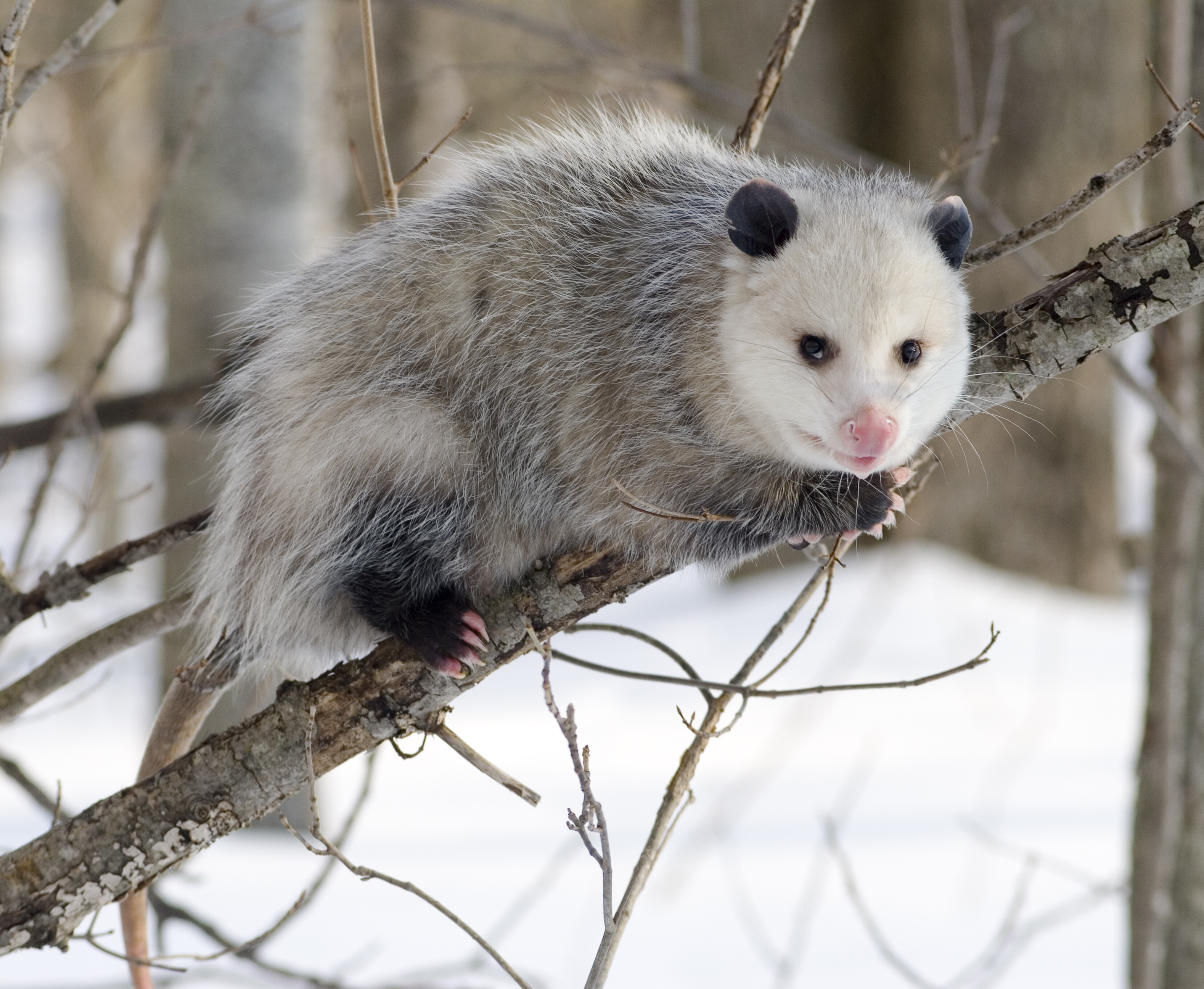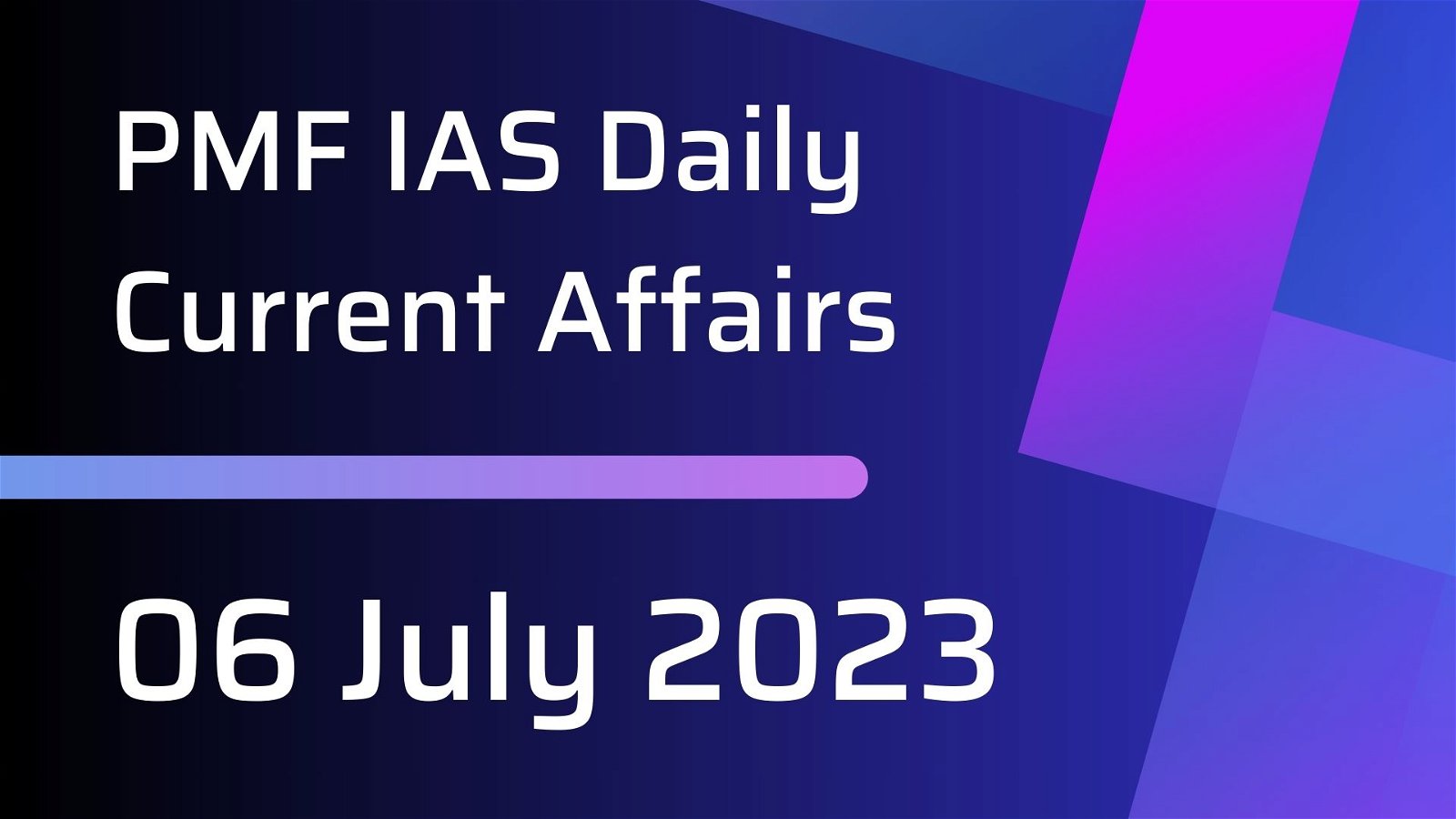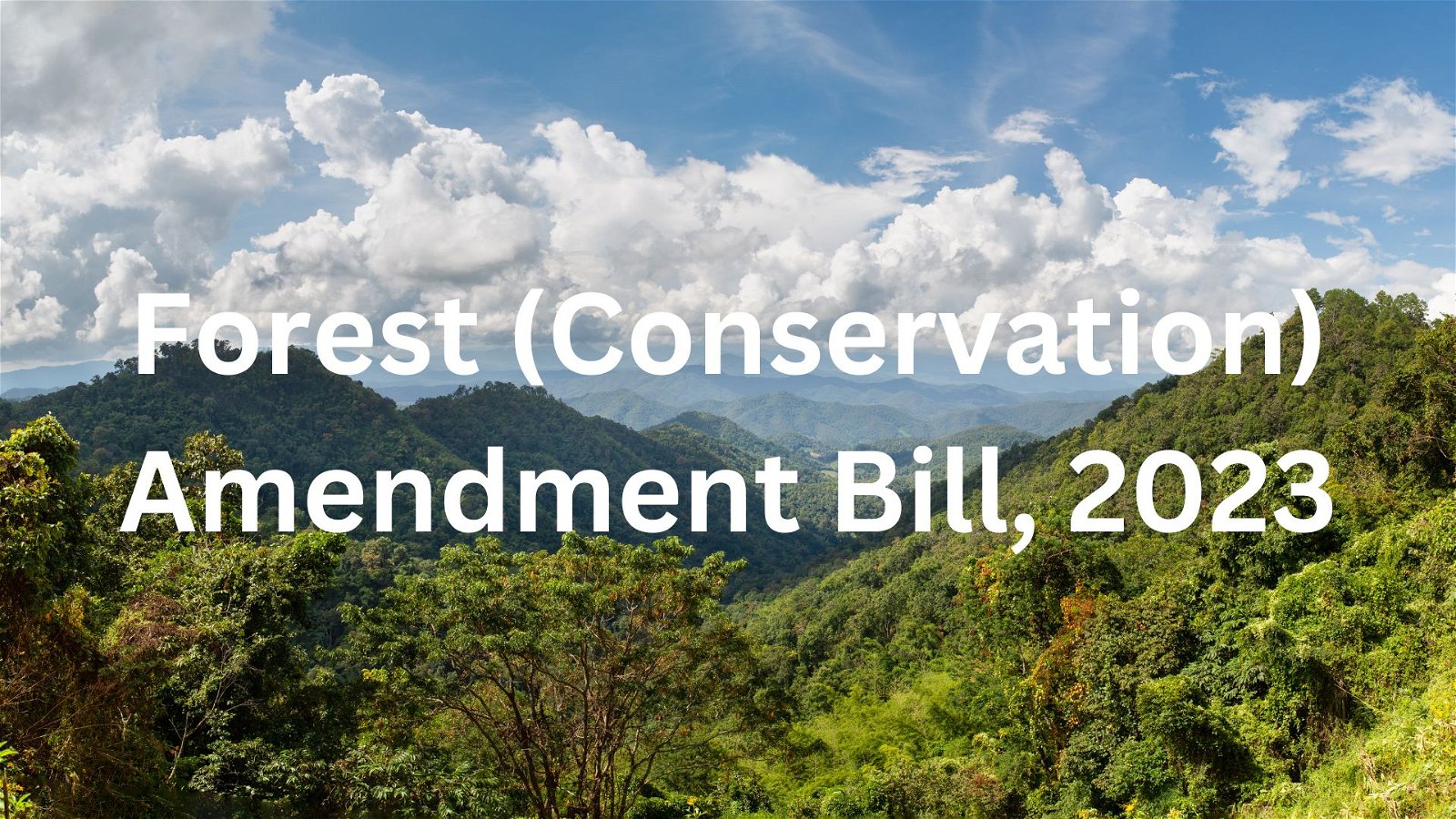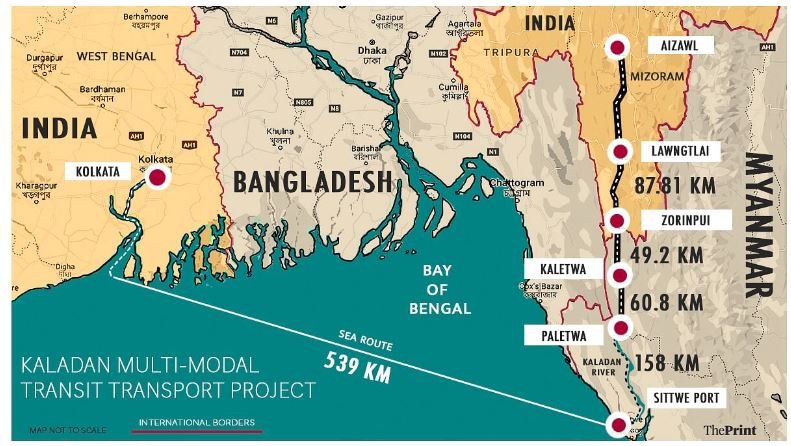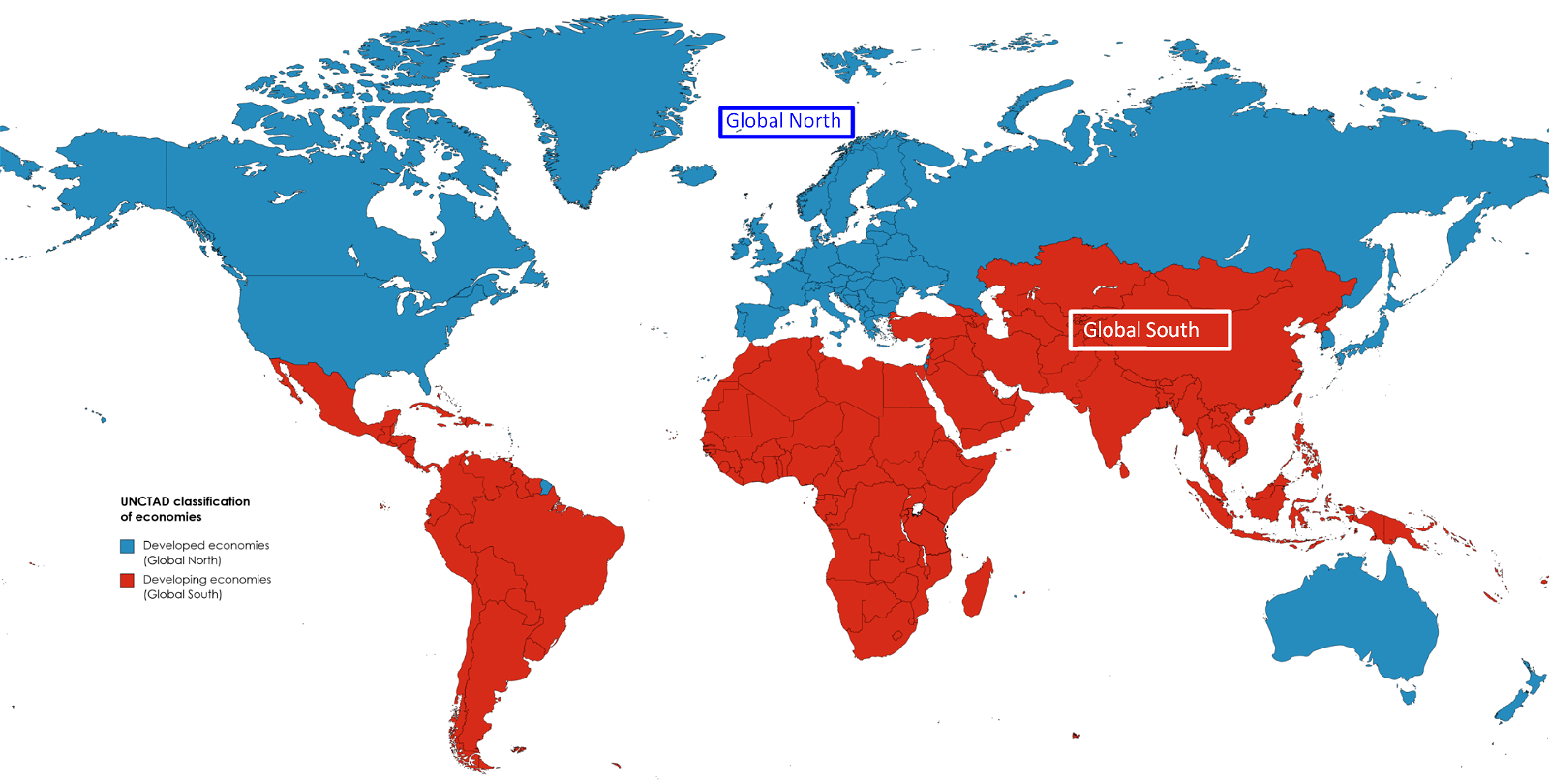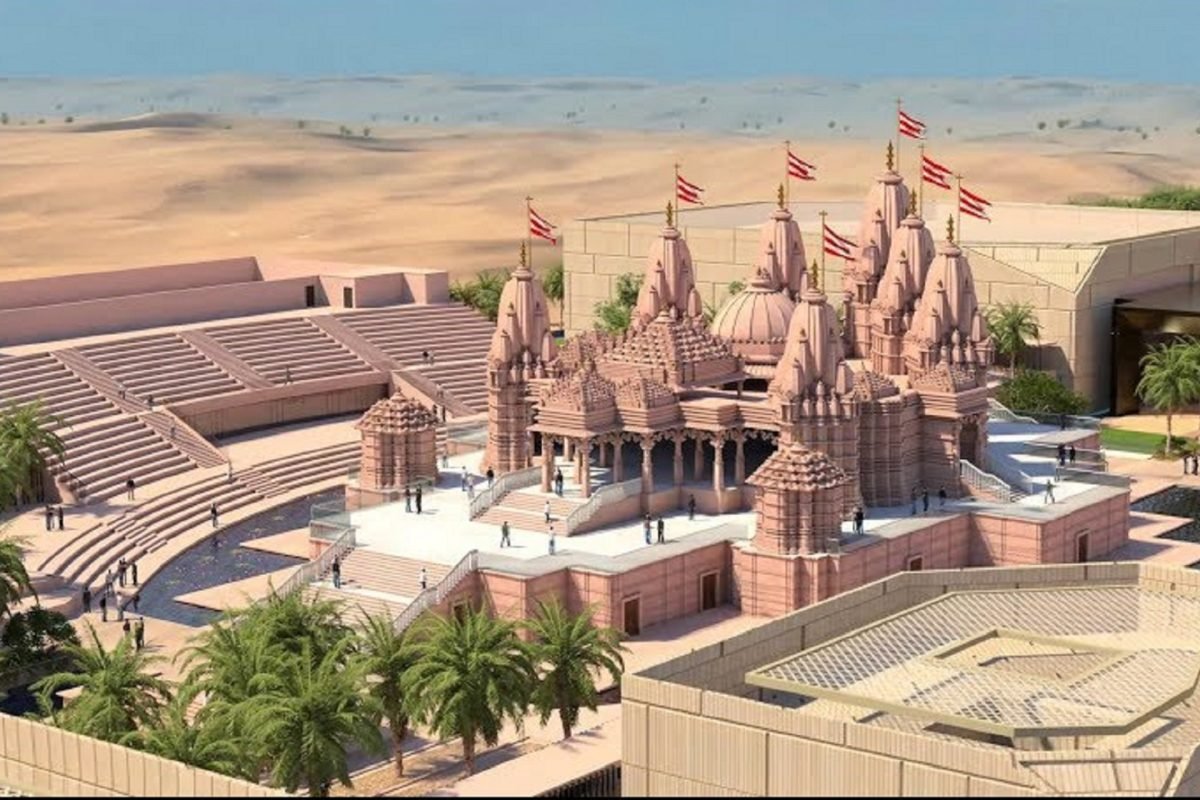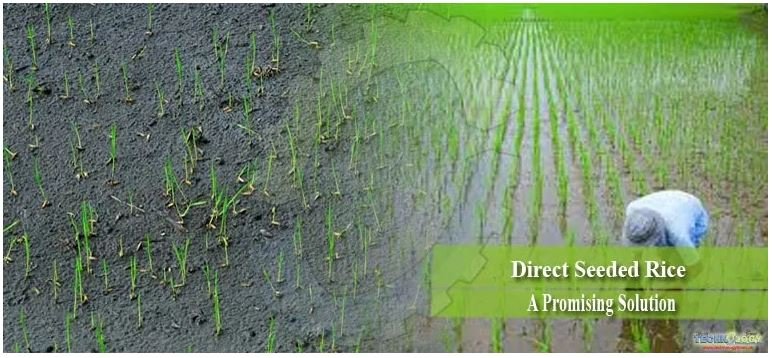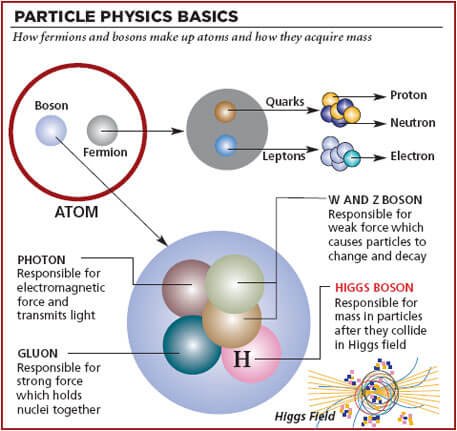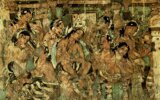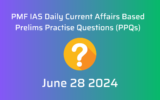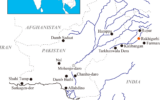
Current Affairs for UPSC Civil Services Exam – June 05, 2024
Subscribers of "Current Affairs" course can Download Daily Current Affairs in PDF/DOC
Subscribe to Never Miss an Important Update! Assured Discounts on New Products!
Must Join PMF IAS Telegram Channel & PMF IAS History Telegram Channel
{GS1 – Geo – PG – Geomorphology} Study of ancient zircon crystals
- Context (DTE): Ancient zircon rocks reveal Earth had life-supporting conditions 4 billion years ago.
- The study was carried out on the zircon crystals found in the Jack Hills in Western Australia’s Midwest.
- Examination of the age and oxygen isotopes (oxygen-16 and oxygen-18) indicated unusually light isotopic signatures as far back as four billion years ago.
- It challenges the existing theory that Earth was completely covered by ocean four billion years ago.
- It indicates that the interaction (water cycle) between fresh water and the emerging continental crust began approximately 3.5 billion years ago.
|
To know about Zircon, refer > Critical Minerals.
{GS2 – Governance – Laws} Juvenile Justice Act of 2015 (JJ Act)
- Context (TP): In the Pune Porsche accident case, there have been suggestions that the accused should be tried as an adult rather than as a juvenile under the Juvenile Justice (JJ) Act.
Juvenile Justice Act of 2015
- The act aims to consolidate and amend laws related to children who are either in need of care and protection or in conflict with the law.
- It addresses their needs through proper care, protection, development, treatment, and social reintegration by adopting a child-friendly approach in the adjudication and disposition of matters.
Features
- It expanded the definition of ‘child in need of care and protection’. It includes-
- children caught working in violation of labour laws, at risk of early marriage,
- residing with abusive or exploitative persons,
- whose parents or guardians are unable to care for them.
- The Child Welfare Committee must investigate any child produced before it, including orphans and surrendered children. It is no longer the final authority in such cases.
- The rights of the child have been recognised, and a detailed definition of adoption has been provided.
- It has provisions for trying juveniles aged 16-18 as adults in cases of heinous offences.
- The act classifies offences committed by children into three categories: petty, serious, and heinous.
|
{GS2 – IR – Groups & Organizations} India to host IATA’s 81st Annual Summit
- Context (BS): After a 42-year gap, India will host the International Air Transport Association (IATA) ‘s annual general meeting (AGM) next year. The decision was taken at the 80th IATA AGM in Dubai.
- This will be the third time the IATA AGM has convened in India (Delhi), after 1958 and 1983.
- IndiGo, India’s largest airline by market share, will be the host airline of the AGM.
- Participants: Almost all global airlines, aircraft manufacturers, and aviation sector stakeholders.
International Air Transport Association (IATA)
- IATA was founded in Havana, Cuba, in 1945 to promote inter-airline cooperation in promoting safe, reliable, secure and economical air services.
- At its founding, IATA had 57 members from 31 nations, mostly in Europe and North America.
- Currently, its 330 airline members from 120 nations comprise more than 80 percent of global air traffic.
- HQ: Montreal, Canada.
International Civil Aviation Organisation (ICAO)
|
{GS2 – Polity – IC – Elections} None of the Above (NOTA)
- Context (IE): In Indore, the “None Of The Above” (NOTA) option received 2,18,674 votes (2nd place), the highest number of NOTA votes in any constituency to date.
What is NOTA and why is it implemented?
- NOTA option enables a voter to register a vote of rejection of all contesting candidates officially.
- NOTA option was introduced in the elections by the ECI on the directions of the Supreme Court in 2013 to protect voters’ right to secrecy and allow them to express their dissatisfaction with the candidates.
Background
- In 2004, the People’s Union for Civil Liberties (PUCL) approached the SC to protect voter secrecy, arguing that the Conduct of Elections Rules, 1961 violated this by recording non-voters’ details.
- Government’s Argument: The right to vote is a statutory right, not a constitutional right and only voters who exercise their right to vote have a right to secrecy.
- SC ruled that voter secrecy must be maintained regardless of voting, emphasising its importance for free and fair elections and directed the ECI to install a NOTA button in EVMs.
- SC: It would reduce bogus voting and would compel political parties to field candidates with integrity.
Implications of NOTA
- NOTA has no legal consequence; even if it receives the highest votes, the 2nd highest candidate wins.
- It has never occurred in Lok Sabha elections; the Indore result suggests it remains a possibility.
- Maharashtra, Haryana, Puducherry, Delhi, and Chandigarh have declared NOTA as a “Fictional Electoral Candidate” for local elections. If NOTA receives more votes than any candidate, fresh elections are held.
|
Rule 49-O vs NOTA
| Aspect | Rule 49-O | NOTA |
| Legality |
|
|
| Process |
|
|
| Anonymity |
|
|
| Impact on Results |
|
|
{GS2 – Polity – IC – Union Government} Coalition Governments and Economic Reforms
- Context (IE): With no party gaining a majority mandate in the 2024 Lok Sabha elections, a re-look at the economic reforms of coalition governments.
Can Coalition Governments Derail Economic Reforms?
Economic moves during Coalition Governments (1991-2014)
- Since 1991 economic reforms, most of the governments were coalitions.
- 1991-1996: Discarded centralised planning, opened the economy, removed licence-permit raj.
- 1996-1997: Introduced “dream budget” with tax cuts.
- 1998-2004: Implemented Fiscal Responsibility and Budget Management (FRBM) law, focused on rural infrastructure (PM Gram Sadak Yojana), introduced Information Technology Act, 2000.
- 2004-2014: Initiated the Right to Education Act, introduced rights-based reforms (Right to Information Act, Right to Food, MGNREGA), deregulated fuel prices, etc.
Majority Government (2014-2024)
- A Single-party majority was expected to accelerate economic reforms.
- Reforms introduced: Goods and Services Tax (GST) and Insolvency and Bankruptcy Code.
Challenges faced
- Failed land acquisition reform.
- Farm reforms were repealed after protests.
- Demonetisation created uncertainty among economic agents.
Conclusion
- Thus, it is evident that coalition governments have been able to introduce bold and visionary reforms. The key to success lies in building consensus among coalition partners and focusing on broader reforms.
{GS3 – Envi – Conservation} Conservation Breeding Programme in IGZP
- Context (TH): Indira Gandhi Zoological Park (IGZP) is making significant strides in the captive breeding of threatened species like Asiatic wild dogs and striped hyaenas.
- IGZP has also been successful in the conservation breeding of Indian grey wolf, ring-tailed lemur, Indian bison, blue and gold macaw, jungle cat and eclectus parrot.
|
Striped Hyaenas
- Striped hyaenas are one of the three hyaena species in the world.
- Distribution: They are found in North and East Africa, the Middle East, the Indian subcontinent, and Central Asia.
- Habitat: They inhabit a range of environments (arid and semi-arid, savannas, scrublands, and mountains).
- Diet: Striped hyaenas are primarily scavengers. They are also known to hunt small animals and consume fruits and vegetables.
- Behaviour: They are mostly nocturnal and solitary but can sometimes be seen in small family groups. They are known for their strong jaws and ability to crush bones.
- Reproduction: They have a gestation period of 90-92 days. Females give birth to 1-6 cubs per litter.
- Conservation Status: IUCN: NT | WPA: Schedule I

Asiatic Wild Dog/Dhole
- Asiatic wild dogs are the only endangered wild pack-living canid in the tropical Indian forests and are considered at high risk of extinction.
- Distribution: Central, South, East and SE Asia. In India, it is not very common in Western India.
- Habitat: They inhabit a range of environments (arid and semi-arid, savannas, scrublands, and mountains).
- Diet and behaviour: They are dog-like carnivorous mammals who are highly social animals and live in large clans without rigid hierarchical dominance.
- Reproduction: Typically, one dominant monogamous pair within the pack will mate. The gestation period is 60-62 days. The entire pack cares for the pups.
- Conservation Status: IUCN: EN | WPA: Schedule I

Indira Gandhi Zoological Park (IGZP)
- IGZP is located amidst Seethakonda Reserve Forest in Visakhapatnam (Andhra Pradesh).
- This ex-situ facility is surrounded by the Eastern Ghats and the Bay of Bengal.
- The first and only conservation breeding centre for dhole was built at the IGZP in 2014.
{GS3 – Envi – Conservation} Drakensberg nature reserve
- Context (DTE): South Africa’s Drakensberg Mountains have a new 6,500-hectare nature reserve.

Credits: Britannica
- It includes a mountainous region stretching along the eastern border between South Africa & Lesotho.
- It connects the world heritage site of Maloti-Drakensberg Park with some of the best rock art in the world, dating back to 3000 BC, to another nature reserve.
- The new reserve will be managed by the Northern Drakensberg Landowners Association under a 10-year protected area management plan, which is a legal requirement of the declaration.
- It is sparsely populated, with single farms often comprising more than 2,000 hectares.
- Transnational protected corridor: The Northern Drakensberg Nature Reserve connects the Maloti Drakensberg Transfrontier Conservation Area to southern grazing lands.
- Water: Nearly 20 per cent of water in the Vaal River system originates in the Northern Drakensberg.
- Grasslands: The new nature reserve includes some of the country’s most endangered vegetation types, such as the Income Sandy Grassland and the Mabela Sandy Grassland.
- Notable fauna: Four mammals are endemic to this landscape, including the black wildebeest (LC), rough-haired golden mole (VU), the Natal red rock rabbit (LC) and Sloggett’s rat (LC).
- International commitment: South Africa, at the COP15 biodiversity conference in 2022, committed to protecting 30 per cent of its land (including mountains) and oceans by 2030.
- Biodiversity loss: Only 9.2 per cent of South Africa’s land is protected & biodiversity loss is increasing.
Maloti-Drakensberg Park
|
{GS3 – Envi – Conservation} Land Degradation and Ecological Restoration**
- Context (DTE): Land degradation is a huge issue across Africa (≈ 23% of Africa is already degraded).
“Big Five” Drivers of Land Degradation Globally
- Biological invasions: When invasive species (species that aren’t naturally found in the area) spread in an area and disrupt the services provided by ecosystems. For e.g., Australian Acacia tree species are invasive across South Africa.
- Climate change-driven events: For e.g., intense droughts and severe fires.
- Extractive activities: For e.g., mining and over-harvesting.
- Habitat transformation or fragmentation: This includes deforestation and poor agricultural practices.
- Pollutants: For e.g., sulphur dioxide degrades land by forming acid rain, which acidifies soils and water bodies, leaches nutrients, mobilises harmful metals, disrupts microbial activity, damages plants, and harms aquatic ecosystems.
- Eutrophication: The accumulation of excess nutrients (primarily phosphates and nitrates) in water bodies, which causes the overgrowth of algae and plants. This increased plant life degrades water quality and depletes oxygen.
Acacia as an Invasive Species
|
Other Factors Responsible for Land Degradation
- Development demands
- High dependency on natural resources at the household level (For e.g., use of firewood for cooking)
- Weak governance
- Insecure land tenure
- Pervasive poverty and population growth
Ecological Restoration for Reversing Land Degradation
- Ecological restoration is the process of assisting the recovery of an ecosystem that has been degraded, damaged or destroyed. It involves the creation of conditions in which plants, animals and microorganisms can carry out the work of recovery themselves.
- It includes activities like altering landforms changing aspects of the landscape), changing the hydrology (water flow), reintroducing wildlife or lost plant species, removing invasive species, etc.
Fynbos Biome: A Case Study
- The fynbos biome, which covers large parts of South Africa’s Western Cape province, has been badly affected by land degradation due to invasive species.
- Thirsty invasive trees have been removed (passive restoration) from mountain areas to save water and restore indigenous fynbos.
- Planting native vegetation (active restoration) has also aided land recovery but is less common than passive restoration due to higher costs.
|
|
{GS3 – Envi – Species} Speciation without geographic barriers *
- Context (TH): Researchers at IIT Bombay discover the role of environmental resources, genes and mating in species in the development of new species in the same area.
Speciation
- Speciation is the process of formation and evolution of new species. The study challenges the traditional view of Allopatric speciation.
- Allopatric speciation occurs in species isolated from each other by geographical barriers.
- It has shed light on speciation in the absence of geographic barriers –> Sympatric speciation.
Findings of study
- The researchers used a genetic-based model to investigate the factors that contribute to speciation when populations live in the same geographic area.
- This theoretical study focused on a population of birds using simulated data. It focused on a physical trait of the birds – the beak size.

Credits: TH
- Adaation in beak size to best utilise two types of food resources: nuts and flower nectar.
- Birds with small beaks will be better at utilising resource nuts, while longer beaks are needed for utilising flower nectar as their resource.
- It examined three aspects that encourage speciation: disruptive selection, sexual selection, and genetic architecture.
Ecological disruptive selection
- The “divide” can be created by non-uniform environmental resources in sympatric speciation.
- Disruptive selection favours heritable differences in the population.
- It ensures that the offspring of mating of individuals belonging to two different groups do not survive.
Role of sexual selection
- Sexual selection, on the other hand, is a type of natural selection driven by competition for mates.
- It can lead to the evolution of elaborate traits that are attractive to potential mates.
- A ‘bias’ towards a trait like feather colour can evolve, leading to sympatric speciation.
- For example, consider a bird population with two types of feathers—blue and red. If a bias among the blue birds to only mate with their kind evolves, can lead to sympatric speciation in two distinct species.
- Surprisingly, the researchers found that sexual selection based on special traits did not contribute to speciation in sympatry.
- The study also acknowledges the possibility of lower fitness of the offspring due to sexual selection.
Genetic architecture
- Researchers discovered that genetic architecture, or how genes control the trait under selection, was a crucial factor in sympatric speciation.
- However, results are limited by the assumption that birds from the two groups mate without any bias and that this bias does not change with time.
{GS3 – IE – Banking} Bank Clinic
- Context (IE): The All India Bank Employees’ Association (AIBEA) has launched a complaint redressal platform called Bank Clinic to help retail customers address their grievances.
- Bank Clinic is a website (banksclinic.com) where retail customers can register their complaints.
- The platform will provide information on the regulatory guidelines and available remedies related to the customer’s issue within five working days.
- It guides customers on how to proceed with their problems but does not resolve the issues directly. It acts as a bridge between customers and banks, streamlining the complaint resolution process.
- It caters to customers who visit bank branches and those who primarily use digital banking platforms.
{GS3 – S&T – ISRO} PraVaHa Software*
- Context (TH): ISRO has developed Computational Fluid Dynamics (CFD) software named Parallel RANS Solver for Aerospace Vehicle Aero-thermo-dynamic Analysis (PraVaHa).
Computational Fluid Dynamics (CFD)
- CFD is a tool that predicts aerodynamic (force) and aerothermal (heating) loads by numerically solving equations of mass, momentum, energy conservation, and the equation of state.
Why CFD is Important?
- Aerospace vehicles, while moving through the Earth’s atmosphere during launch or re-entry, are subjected to severe aerodynamic and aerothermal loads in terms of external pressure and heat flux.
- Unsteady aerodynamics cause flow issues and significant acoustic noise around rocket bodies during missions.
- So, understanding the airflow around aircraft, rocket bodies, or Crew Module (CM) during launch and re-entry is essential to design the shape, structure, and Thermal Protection System (TPS).
About PraVaHa Software
- This software was developed in ISRO’s Vikram Sarabhai Space Centre (VSSC).
- It can simulate external and internal flows on launch vehicles and winged and non-winged re-entry vehicles.
- It has been used extensively in the Gaganyaan Mission (1st human space flight programme of ISRO) for aerodynamic analysis of human-rated launch vehicles, viz, HLVM3, Crew Escape System (CES), and CM.
- Currently, the PraVaHa code is operational to simulate airflow for Perfect Gas & Real Gas conditions.
- PraVaHa aims to replace CFD simulations using commercial software for aero characterisation.
- Besides, this software is expected to aid academia and institutions designing missiles, aircraft, and rockets in solving complex aerodynamic problems.
|
{Prelims – Envi – Species} Animals with Longest Gestation Period
- Context (DNA): The gestation period (from weeks to months or years) varies greatly across the animal kingdom, tailored to the needs of each species and reflects the evolutionary adaptations.
- Gestation is the period between conception and birth, during which the embryo or fetus develops.
| Animals | Gestation Period |
| Elephants | 18-22 months (African Elephants – 22 months; Asian Elephants: 18-22) |
| Killer Whales (Orca) | 15-18 months |
| Rhinoceroses | 14-18 months |
| Sperm Whales | 14-16 months |
| Walruses | 15-16 months |
| Giraffes | 14-15 months |
| Camels | 12-14 months |
| Horses | 11 months |
Virginia Opossum
Credits: Wikipedia |
{Prelims – Sci – Bio} Accelerated Anaerobic Composting (AAC)
- Context (IE): CSIR-Indian Institute of Chemical Technology (IICT) has developed a new method called Accelerated Anaerobic Composting (AAC) to convert dry leaves into nutrient-rich soil conditioners.
- A ₹7.5-lakh 500-kg capacity AAC reactor was established in a gated community in Hyderabad and has produced about 10 tonnes of soil conditioner from dry leaves.
- AAC is a simpler and more cost-effective process compared to traditional methods, being four times cheaper and requiring minimal expertise. The process only needs RCC structures and pits.
- The soil conditioner parameters adhere to the standards prescribed by the Union Agriculture Ministry regarding the content of nitrogen, carbon, and other elements.







![PMF IAS Environment for UPSC 2022-23 [paperback] PMF IAS [Nov 30, 2021]…](https://pmfias.b-cdn.net/wp-content/uploads/2024/04/pmfiasenvironmentforupsc2022-23paperbackpmfiasnov302021.jpg)
